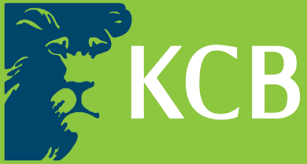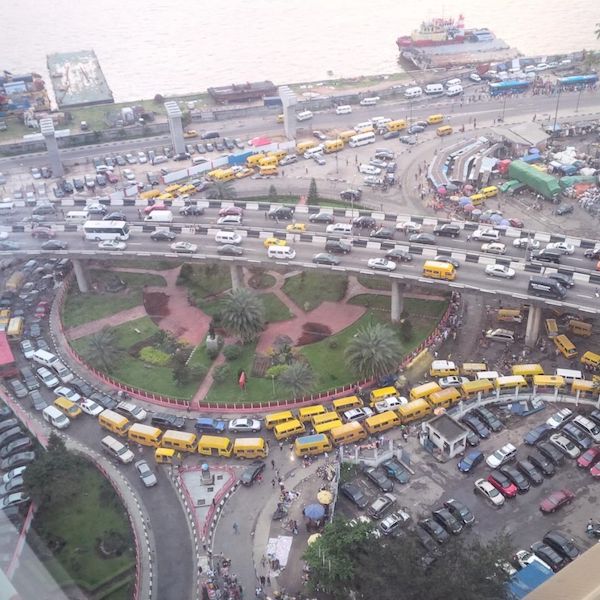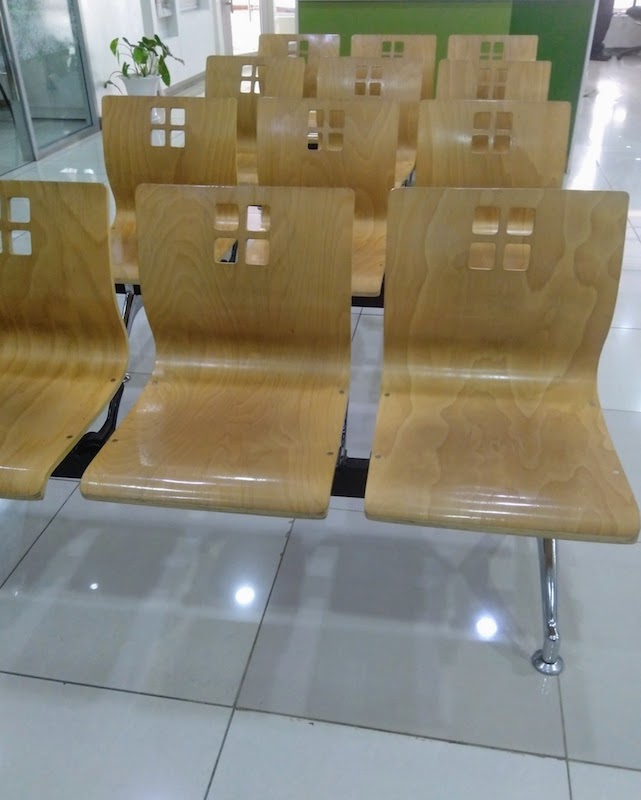Spire (38th in assets), the smallest bank in the country, had been up for sale, and Mwalimu Sacco announced that they would not be putting in any more capital in the Kshs 3.5 billion asset bank to bury a bad investment made in 2015, but still faces resistance from some stakeholders. Equity Group (2) agreed to buy Spire‘s assets in September 2022.
Access, the largest bank group in West Africa, bought Transnational, the 33rd largest bank in Kenya in 2019 and renamed it. Then in June 2022, Access announced that they would take over Sidian Bank (20) with Kshs 43 billion of assets, by buying a majority stake from Centum for Kshs 4.3 billion.
President William Ruto announced at the Nairobi Securities Exchange in October that Credit Bank (27) along with Bio Foods were on a path to floating their shares at the NSE. He encouraged the private sector to join the new government in working to revitalise the NSE and promised 5 to 10 public listings – and where Development Bank (29) may also feature.
First Community Bank (26) overcame a mini-run in October and assured panicked depositors that their funds were safe.
Top 10, by assets in June 2022.
10. Bank of Kigali, which is cross-listed in Nairobi.
9. I&M.
8. Stanbic Bank.
7. Diamond Trust.
6. Standard Chartered.
5. Absa Bank Kenya.
4. NCBA briefly edged ahead of Co-op for 3rd in the assets race this year.
3. Co-operative Bank.
2. Equity Bank have a slight edge in group assets over KCB Group (both at Kshs 1.26 trillion) after buying two banks in DRC.
1. KCB Kshs 887 billion assets and Kshs 23.8 billion profit as of June 2022 and then bought into DRC before the end of the year.
$1 = Kshs 118 in June 2022.


